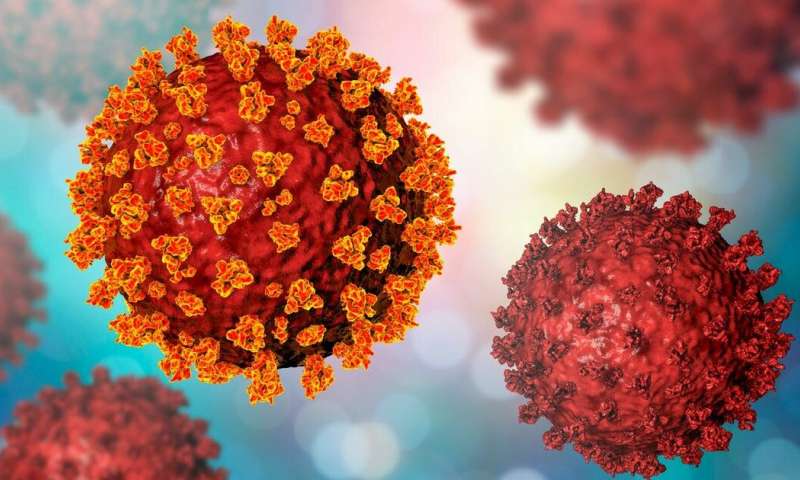As health experts learn more about the novel coronavirus and COVID-19 vaccines, guidance for individuals who test positive for the disease has evolved.
Federal health officials say the precautions people should take if they become infected with COVID-19 depends on their symptoms and vaccination status. Here’s what you need to know.
Quarantine vs. isolation
Whether you need to quarantine or isolate depends on your test status, the Centers for Disease Control and Prevention says.
Quarantine refers to precautions people take when they had contact with someone who tested positive for COVID-19 and could get sick. People in quarantine should stay at home and wear a mask around others while monitoring their symptoms.
Isolation refers to keeping someone who is positive for COVID-19 away from people who are not sick. People in isolation should stay at home and, if possible, use a separate room and bathroom from people in their home who are not sick.
Who should quarantine?
Unvaccinated adults, partially vaccinated and fully vaccinated adults who have not received a booster shot should quarantine if they have a close contact with someone with COVID-19. You had close contact with a COVID-19-positive person if you were less than 6 feet from the person for at least 15 minutes.
People in those groups should stay home and away from others for at least five days from the date of exposure and monitor their symptoms for 10 days. The day of exposure counts as day 0, the CDC says.
If you don’t develop symptoms, you should get a COVID-19 test on day five.
If the test is negative, you can leave your house but should continue to wear a mask around others until day 10. The same guidelines apply if you have no symptoms and are unable to get tested.
If the test is positive and you don’t have symptoms, you should isolate for at least five days from the date of the test.
If you develop symptoms at any point, you should get tested and follow isolation guidelines.
If you are unable to quarantine, you should wear a mask around others for 10 days after the date of exposure.
Who doesn’t have to quarantine?
Adults who are fully vaccinated and boosted, kids between 5 and 17 years old who are fully vaccinated, and people who had a COVID-19 infection in the last 90 days don’t need to quarantine after a close contact, according to the CDC.
People in those groups should wear a mask around others for 10 days after the date of the contact. On day five, they should get tested. People who tested positive in the last 90 days don’t have to get a test, as long as they don’t have symptoms.
If you test positive or have symptoms at any point, you should follow isolation guidelines.
Isolation guidelines
People who test positive for COVID-19 or who have symptoms of the disease should isolate, federal health authorities say.
When you should stop isolating depends on your symptoms. Day 0 is the date your symptoms start, or the date of your positive test if you don’t have symptoms.
If you have COVID-19 symptoms, you can stop isolating after five full days as long as you are fever-free for 24 hours without fever-reducing medication and other symptoms have improved. You should wear a mask around others for another five days.
If you have COVID-19 symptoms but don’t meet the above criteria on day five, wait until you meet the criteria to stop isolating.
People with COVID-19 who don’t develop symptoms can end isolation after five days, but should wear a mask around others until day 10. If you develop symptoms at any point, the five-day isolation period starts over.
The CDC says if you want to get tested at the end of your isolation period and have access to testing, use a rapid COVID-19 test. If the test is positive, isolate until day 10. If it’s negative, you should still wear a mask around other people until day 10.
Some people are not included in the shorter isolation guidelines. For instance, the five-day isolation guidelines do not apply to kids under 2 years old, people who have moderate or severe illness (people who are hospitalized or have low blood oxygen levels during their illness) and people who are immunocompromised.
People in those groups should consult with a health care provider about when to end isolation.
Catherine Marfin


